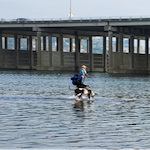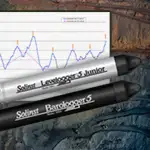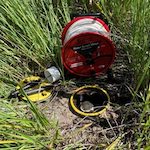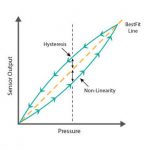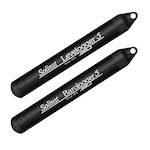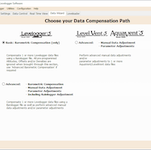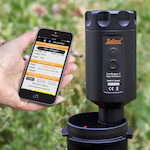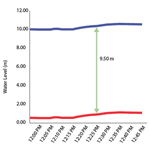Assessing Coastal Flood Vulnerability To Sea Level Rise Enhanced By Extreme Events In Preferential Flow Pathways
Building Community Resilience Community resilience in the face of sea level rise and extreme events, such as atmospheric rivers and highest astronomical tides (HAT), is a pressing concern for coastal regions worldwide, including coastal California. James Jacobs, a PhD candidate researcher at the University of California Santa Cruz and experienced hydrogeologist, is investigating whether utility… Continue Reading »

